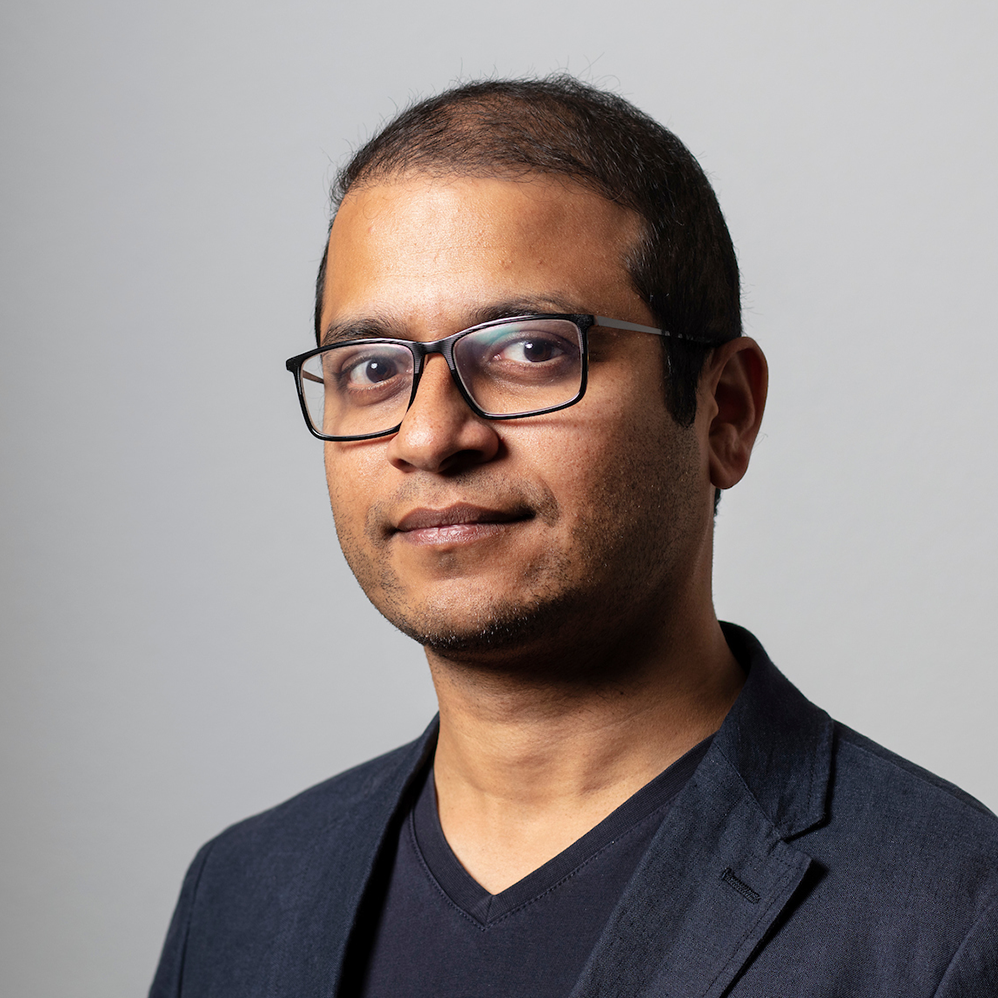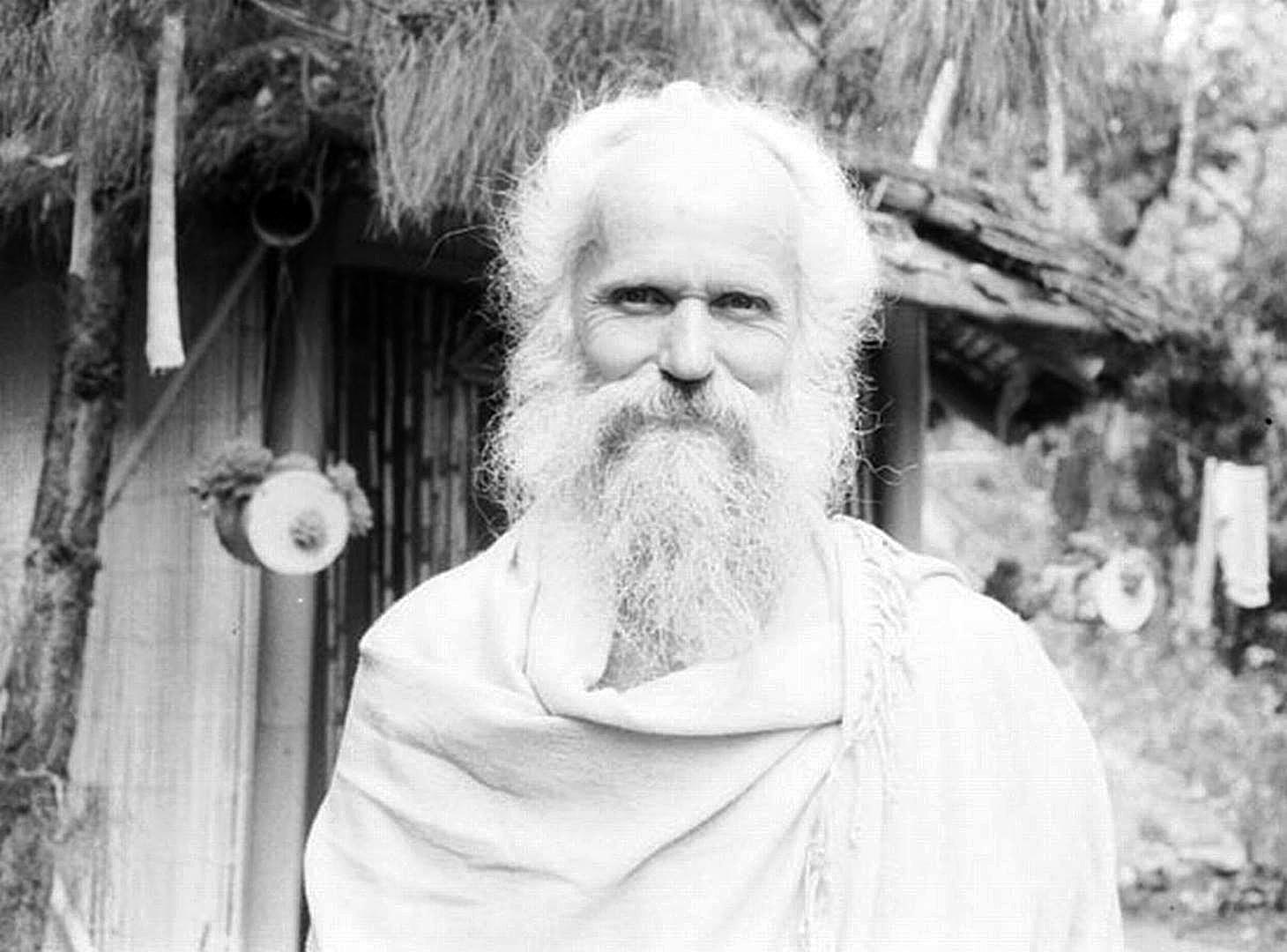Has yoga lost its soul in the West?

Aerial, Bikram, Yin, Baby, Dog, Goat, Tantrum, Karaoke, Ganja and even Beer yoga: Are faddish yoga trends harming the integrity of the discipline?
“Yogic practice should be performed in a calm and quiet atmosphere with a relaxed body and mind,” states guidelinesExternal link issued by the Indian ministry in charge of yoga (AYUSH).
However, the atmosphere at the Suburb Yoga studio in Zurich is anything but calm and quiet. It is 7pm on a Friday and instead of headbanging in a nightclub, 11 women and two men are tuning into the latest craze in the city: Heavy Metal Yoga.
There is definitely a market for yoga-induced relaxation or stimulation as in the case of Heavy Metal yoga. A Swiss Sport reportExternal link published in 2014 estimated that 7.1% of the population between the ages of 15 and 74 practiced yoga, tai-chi and qi gong. The average practitioner is a 46-year-old woman who attends classes at least 45 days a year.
In the US, the biggest market for yoga, the number of practitioners more than doubled between 2008 and 2016 (15.8 million to 36.7 million), according to the 2016 Yoga in America StudyExternal link. American yogis spent $16.8 billion on yoga classes, clothing, and accessories in 2016, which is more than twice the Indian government’s entire healthcare budget for 2018.
However, not everyone is enthusiastic about fringe versions of yoga trying to carve a slice of the market.
“I think it’s not only sad but also potentially dangerous that people are trying to ‘reinvent’ what is already a complete science of human wellbeing,” says Michelle Mayes, a Hatha yoga teacher based in Geneva.
According Mayes, yoga should not be reduced to a suffix as part of a marketing strategy. However, she acknowledges that those teaching “new yoga hybrids” may be trying to make yoga appeal to the modern world. Others feel that such yoga fads cater to a very specific audience that are quite different from those seeking the supposedly mind-calming and ego-destroying benefits of traditional forms of yoga.
“There are some people who cannot work in silence and do better in crowded environments. If Heavy Metal can be a way to help them feel centred I am open to it,” says Lausanne-based yoga instructor Valentina Salonna, who is currently doing a PhD in the discipline.
There are over 250 yoga teachers registered with Yoga SwitzerlandExternal link not to mention unregistered instructors with less demanding qualifications. While Switzerland offers a federal government-recognised diploma in yoga therapy, there is no such equivalent for yoga teachers. The proliferation of yoga studios has meant that competition to attract students also has a role to play in the emergence of hybrid yoga offerings.
“Heavy Metal yoga is a marketing gimmick – as there are so many yoga studios, people want to differentiate themselves somehow and add things to their own liking. There is place for everything in the world, so long as it doesn’t harm anyone,” says Gurdeepak Singh Ahuja, a yoga instructor based in Bern.
Of the newcomers, he endorses aerial yoga for the physiological benefits triggered by hanging upside down. Bikram yoga on the other hand gets a red card.
“It can be harmful because you enter a hot room and start going deep in asanas [poses] as the muscles are already warmed up artificially. This could create problems,” he says.

Commercial contortions
According to Heavy Metal yoga instructor Suzy Krauer, her offbeat version attracts Metal music lovers that might not otherwise try yoga at all. While Krauer draws the line at certain “marginal” versions like Beer or Ganja yoga, she doesn’t think there is anything inherently wrong with commercialising the discipline.
“I mean everyone needs to earn money to live, right? So, why not with yoga? It’s not a bad thing if someone can relax with it,” she says.
According to Suresh Kumar, a yoga instructor in Bern, the discipline has been diluted and distorted to cater to a wider audience to ensure maximum viability.
“Yoga has changed from an unglamorous, solitary, quiet and self-inquiring way of living, to a loud, glamorous, fitness-oriented aerobics and cardio-workout,” he says. “If yoga has to be commercialised for mass consumption, then it must be made superficial and customised for mass tastes like fast food and fast fashion.”
However, PhD student and yoga instructor Salonna questions the very concept of a “pure” Indian traditional yoga. According to her, there was no yoga tradition in India, as it was practiced only by a few adepts in the Himalaya and was quite unknown among the general populace until Tirumalai Krishnamacharya – known as the father of modern yoga – revived it.
“It is a good thing that India is trying to highlight its place in the history of yoga but it is not an Indian tradition in terms of a large number of people practicing it across the country,” she says. “I think the yoga we are practicing today is the result of a transformation that started in the West when anatomical knowledge in terms of how the postures impact our body was introduced.”
When India nominated yoga for inclusion into UNESCO’s list of Intangible Cultural Heritage of Humanity in 2016 it acknowledged that “there is a strong need to reassess, reinterpret and universalize this holistic system of personal wellness”. The nomination was accepted by UNESCO the same year and one of the reasonsExternal link given was that it “will promote respect for diversity and human creativity”. Perhaps, it can be viewed as an endorsement of the flexibility of yoga to be adapted to a variety of needs and desires making it beneficial for all of humanity.
“One wonders at all the ways that yoga can be bent, and yet everyone from the serious to the casual practitioner seem to benefit from it. This to me is also the wonder of yoga,” says Kumar.

In compliance with the JTI standards
More: SWI swissinfo.ch certified by the Journalism Trust Initiative





You can find an overview of ongoing debates with our journalists here. Please join us!
If you want to start a conversation about a topic raised in this article or want to report factual errors, email us at english@swissinfo.ch.